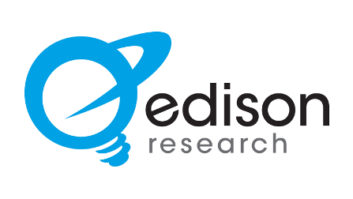Skywave listening evokes another era, when youngsters grew up listening from afar to the Grand Ole Opry on WSM from Nashville or baseball games on WINS in New York.
As proliferation of mass media has brought the world closer, distance listening may not have the romantic appeal it once did. In the era of IBOC, however, skywave listening will be affected further. Interference may occur outside stations’ protected contours in some cases, according to proponents such as Ibiquity, NAB and the National Radio Systems Committee.
According to the FCC, “changes in the upper atmosphere after sunset cause the reflection of AM signals back to earth, resulting in the transmission of skywave signals over paths that may extend thousands of miles. Nighttime skywave propagation results in a much greater potential for inter-station interference.” The commission wrote this in its Further Notice on IBOC.
When the agency first authorized digital operations, it agreed with the NRSC that “significant uncertainty remains with respect to the potential for first-adjacent-channel interference under nighttime skywave propagation conditions” when IBOC is used. That’s why the FCC deferred allowing nighttime AM IBOC authorization.
Until the FCC allows such operation and more AMs make the transition, we won’t know how much interference to expect, experts say. Are we about to kiss our skywave coverage goodbye? Have we thought through the ramifications?
Radio leaders have not ignored this issue. Members of the NAB’s Radio Board have acknowledged that there may be a trade-off for going digital. They think the commission should allow nighttime IBOC now and handle any interference concerns on a case-by-case basis.
Yet large-power AMs with historically protected clear-channel skywave signals, such as Chicago’s WGN, feel their nighttime coverage, which reaches to such places as Peoria, Ill., are part of their core coverage area. Stations like these don’t want to see that audience go away, not to mention the related ad dollars. Nor do hobbyists such as DXers who love to pull in signals from far-flung places and seek verification of those transmissions.
Those who want to improve their AM signals with IBOC believe that protecting skywave listening is not as important now as it was years ago, when far fewer stations existed and rural areas in particular were underserved by media. This school of thought also argues that consumers who do need long-distance radio service – truckers, for instance -are now served by satellite radio.
“The notion that an AM signal should be heard hundreds of miles from the transmitter is quaint, but not practical in the year 2004,” wrote Buckley Broadcasting’s Tom Ray, who has emerged as a vocal advocate of IBOC, in a letter to the commission.
“There would be no greater damage done to the AM band, and no better way to tell the consumer that AM radio is inferior, than to not allow nighttime IBOC operation.”
In order to proceed into the digital future, it seems we face an unfortunate loss of a nostalgic part of our historic radio past.
– Radio World












